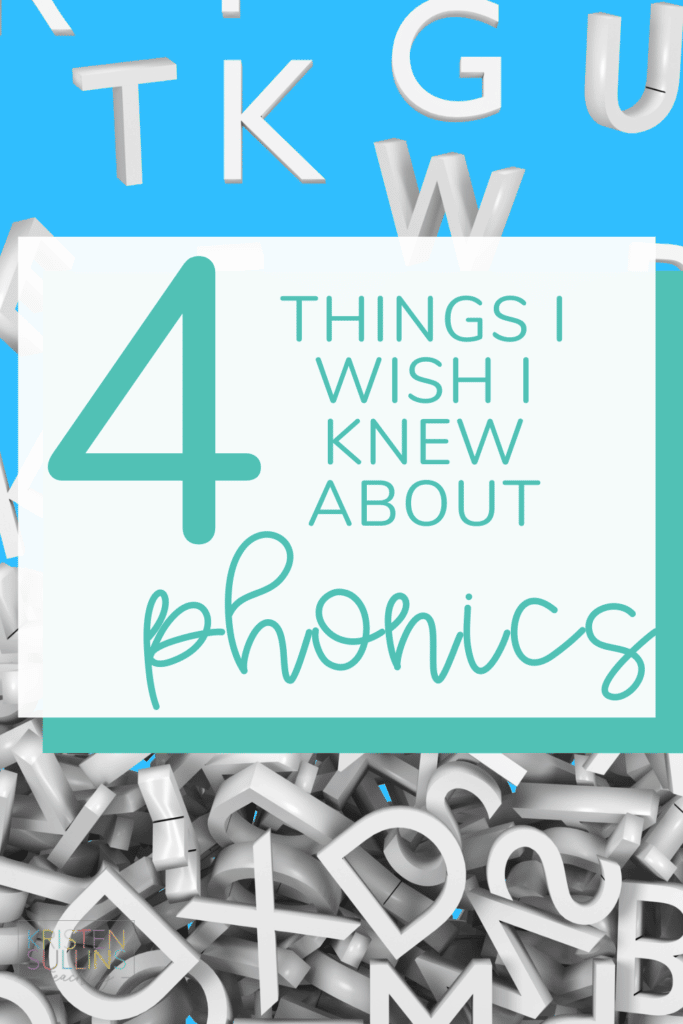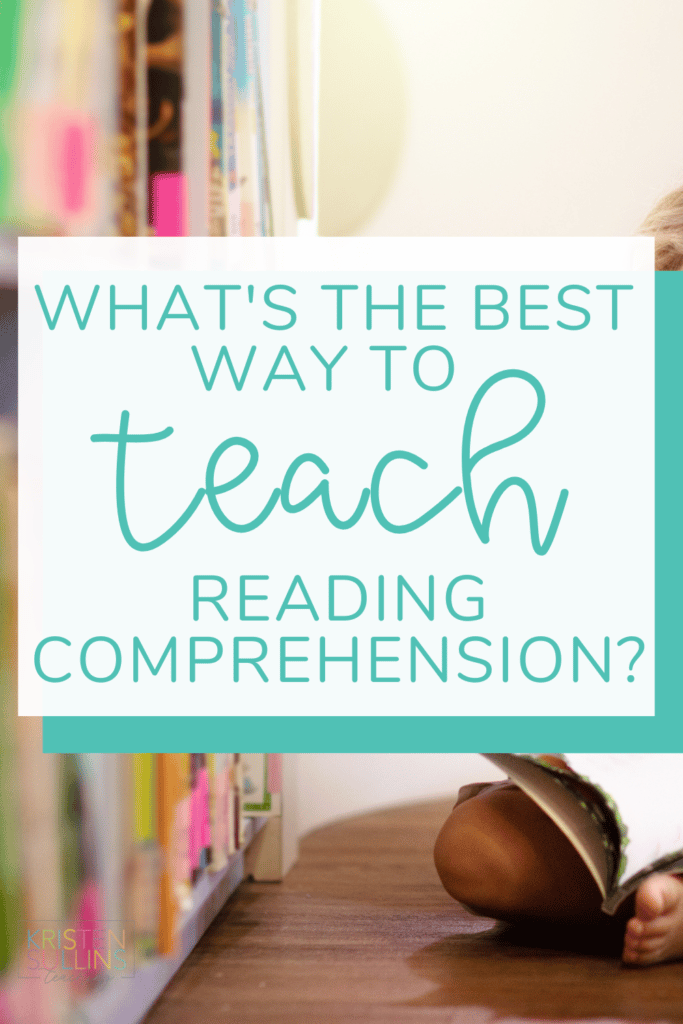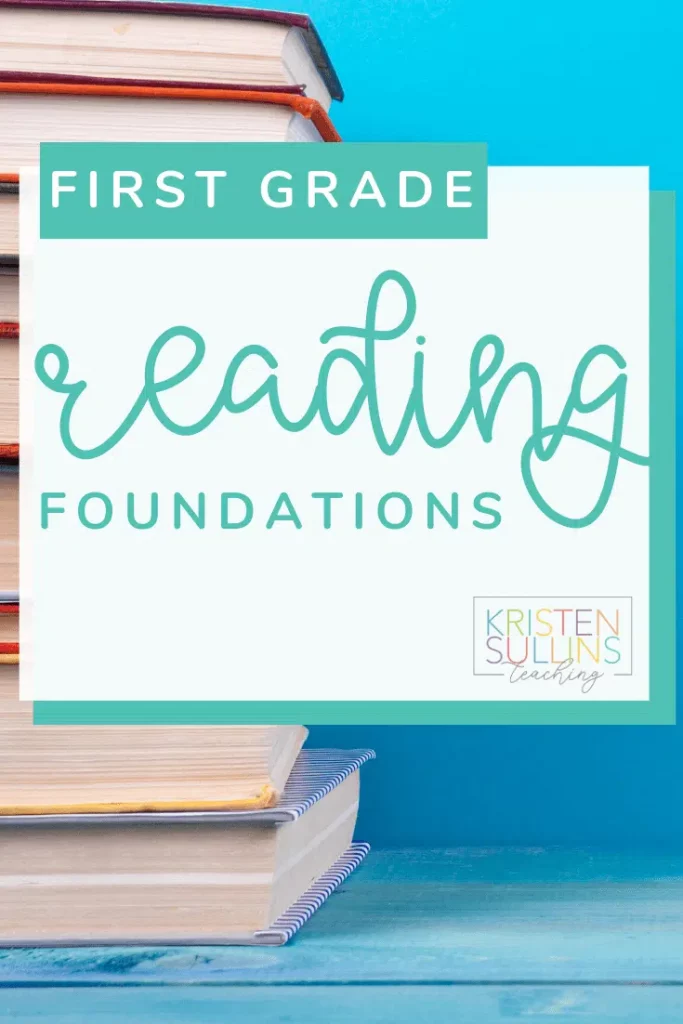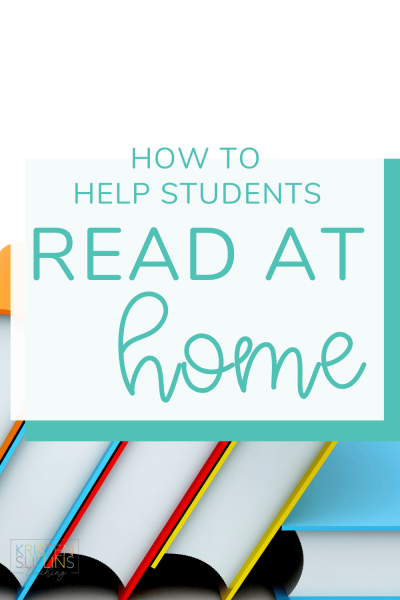It is no secret that our first grade students need access to books, and it is important for teachers to never assume students have books to read at home.
Student success in reading is directly correlated to the amount of books they are exposed to.
School is not the only place students should have books, but sadly we know that is the case for many. So what can we do?
Book bags!
I adopted sending book bags home, about 5 years ago, and it has been such a great thing for my students.
Now, with that being said, do all students use them? No.
Do some of them ever return? No.
The thing is, we have to try right?
So where am I going with this?
How to fill your book bags!
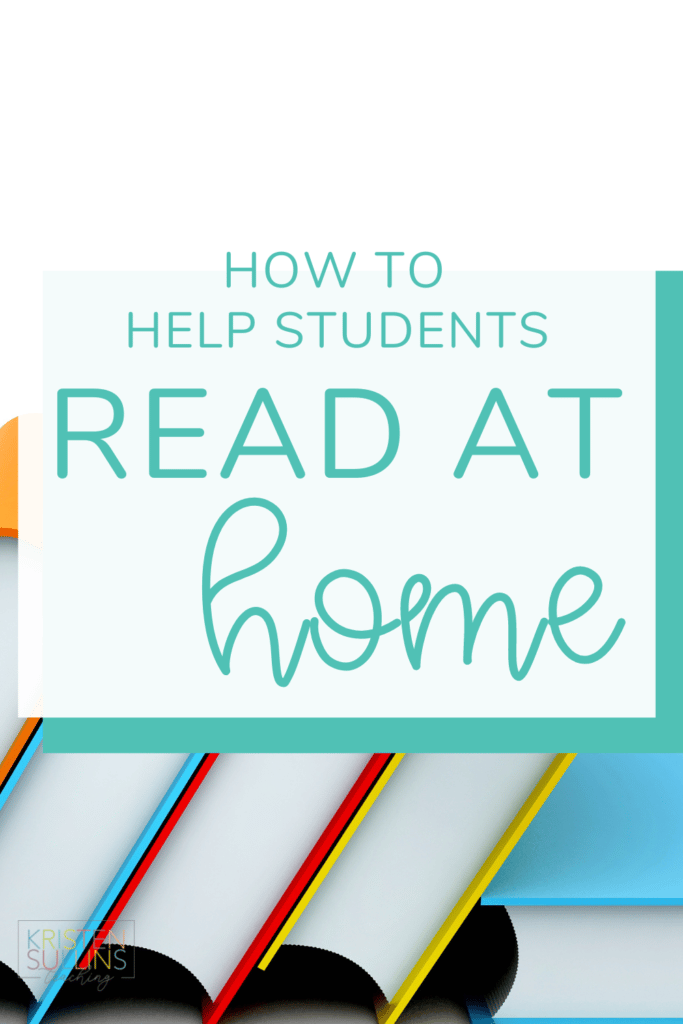
Create a System for At Home Reading Bags
First thing, you need to create a routine for collecting, checking, filling, and redistributing book bags. Teachers get SO busy, and it can be hard to make sure you are keeping up with these.
So make a plan and stick to it.
Even before creating your book bags, you want to have an idea for how you are going to keep this up.
How to Fill Your First Grade Reading Bags
- Purchase gallon sized plastic bags. I prefer the ones that aren’t folded at the bottom and have the slider on top, but any will do. These bags are going to get damaged and lost frequently, so having something that is easily replaceable is key.
- Make sure each bag has the student's name on it. I used to print super cute labels, but now I just use a sharpie and it all works just fine.
- Attach a letter to the parents explaining what this bag is for, your expectations for them, and maybe even some information on the benefits of reading at home. I always want parents to understand, they are not trying to teach their child to read, they are reading to or listening to their child read. That’s it. They can help if their child gets stuck, of course, but they are not responsible for more than that.
- Once the book bags are created, you are ready to stuff them. There are a variety of ways to go about this.
- I have a selection of printed off leveled readers in my classroom. I always add 1-3 of these books to each child’s book-bag. I like sending books home that I know they can easily read, so I make sure to select their independent level, or even a level lower. It is great practice, helps with fluency, and if they aren’t reading with anyone at home they won’t need help.
- I then provide students with a variety of high-interest books that I have collected over the years from Scholastic, resale shops, Half-Priced Books, etc. I put these books out and allow students to select 3-4 books to add to their book bags.
- Guiding them through this process is helpful, especially at first. I may say, “select a non-fiction book. Now, select a book an adult at home would like to read to you,” and so forth.
- Once a solid routine is created and students have an understanding of their book-bag responsibility, I will also open up my classroom library as a place students may select books from.
- This was hard for me at first. As teachers we spend a lot of time building a classroom library, but my students have just LOVED being able to bring these books home. Remember, books are replaceable!
- Once a child has about 6-7 books in their bag, they go home in their backpacks.
- I set up a scheduled message to parents that goes out every Thursday evening to remind parents to send book-bags back in the morning. Fridays are our days to return and trade out books. You can choose to do the whole trade-out on Fridays and send the bags home then, but here is what I do:
- Friday (typically during read-to-self time), students take turns returning and selecting new high-interest books.
- Once this is done, they turn their book bag into me.
- Monday morning, during my conference time, I collect and return the independent reading books. This takes me about 20 minutes each Monday, but I have found sending home these independent readers has really helped my students. The families also really enjoy watching their child read at home.
- I then send book-bags home Monday. That’s right, I don’t send them on the weekends! Only Monday-Friday.
Think Beyond "Just Books" for Students to Read at Home
Books are my number one priority when filling these take-home bags, but I do often add other things for students to read as well.
This may include poetry we have read in class, lists of words we are practicing and so forth.
I always make sure that whatever I am adding, students have had some exposure to. I don’t want to send home anything that is beyond what we have already done in class.
What if a student forgets their bag on Friday?
Grab them a new bag! That is the beauty of sending home the plastic gallon-sized bags, they are easily replaceable.
I always encourage students to try to return their other bag, sometimes it comes back and other times it does not.
Now, there are some families who never send bags back at all. That is a lot of books to go home and never to be seen again!
Even with these students, I prioritize sending books home.
I know it is hard to see books not come back, and though we do need to hold students responsible for things, I don’t want to deny them being able to bring new books home.
Are these reading bags used in the classroom?
Great question! And the answer is, nope! These are strictly for outside of my classroom reading. We fill them in class, yes, but they stay in their backpacks all week.
I only collect on Fridays to refill and then send home again on Mondays. I don’t want the bags back any sooner. If a student sits down and reads every book in the bag on Monday night, that is great! They can do that again the next few days. Re-reading books is wonderful practice for students to work on fluency!
I encourage my students to use these bags when they are at home, on the bus, waiting in the cafeteria in the mornings, sitting at older siblings sports practices, and so forth.
How to Track What Students Have Read
This is something I have done away with, but do think it is helpful when you are starting out.
Initially, I sent home a reading log for parents to sign each time their child read a book. I liked this because I was able to track what students were and what students were not reading.
At the end of the day, I decided I just want to be providing students with books and I didn’t want them to feel like this was homework, so I dropped the logs.
This did make it difficult to keep track of what books students have already read, but having them actively involved in the selection process really helps alleviate that.
We are constantly trying new things in our classrooms. We find things that work that we can build upon, and we find things that do not work that we can drop and move on from.
These take-home book bags have been something I am SO GLAD I took the time to start. You have to find what works for you and your classroom.
I often find my system from the previous year isn’t quite working and I need to make adjustments. That is O.K!
If you don’t use take-home book bags in your classroom, is this something you think you would like to do? What are your thoughts on book bags?

